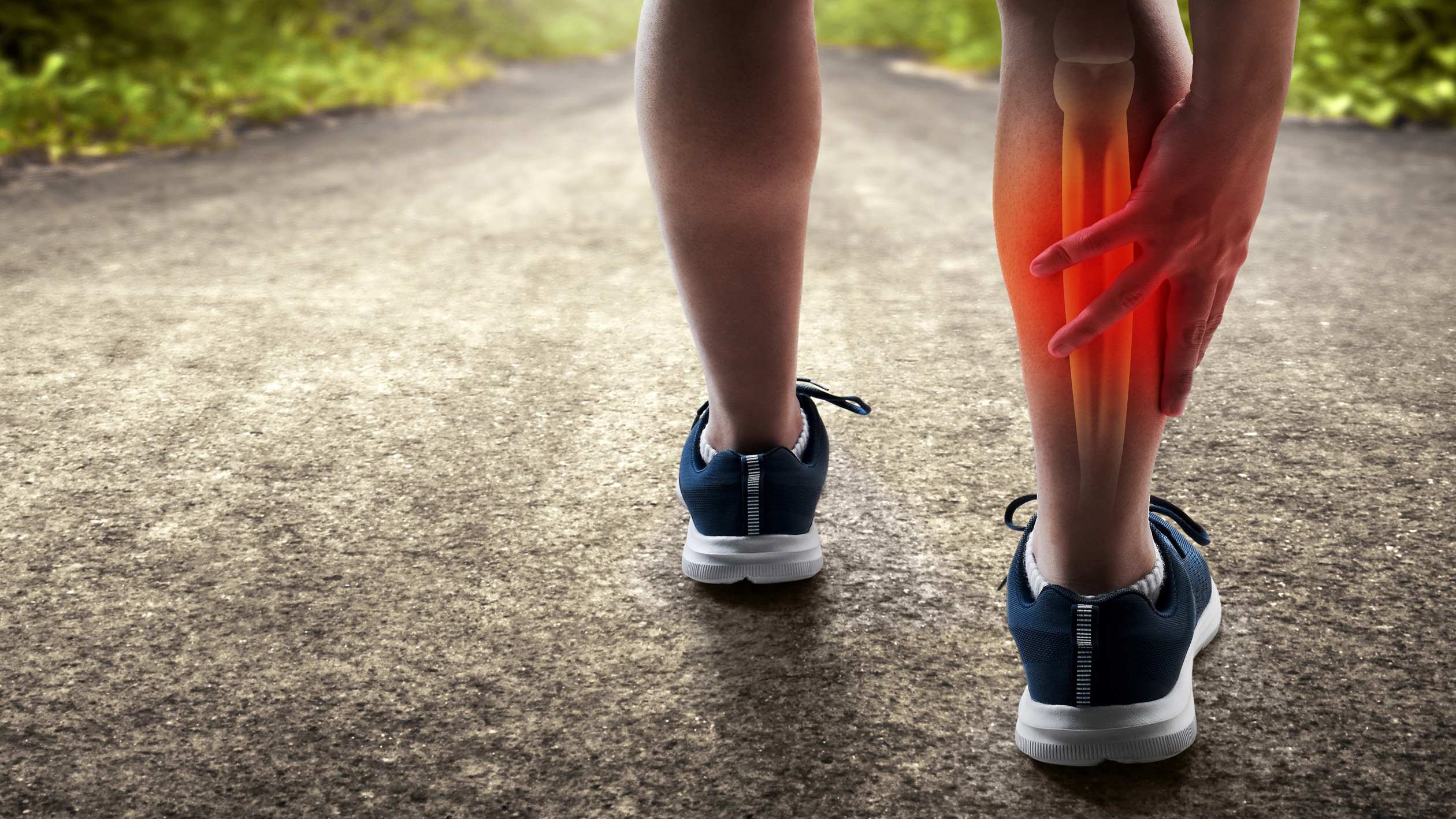What are running Injuries?
Running injuries are repetitive strain injuries of the Lower limbs (Hip, knee, ankle, and Foot). It can happen with both beginners and experienced runners, and there are common. A vast majority of running injuries are not severe; however, the evaluation of the injured runner still demands detailed musculoskeletal examination and thoughtful consideration of more dangerous potential causes of the symptoms. Proper clinical diagnosis and recommendations can speed recovery and return to activity.
Most common running injuries and their symptoms:
- Runner’s knee – dull pain around the front of the knee, felt either while active or after sitting for a long time
- IT band syndrome – aching or burning pain outside the knee (which may extend up to the hip), typically felt when active.
- Shin splints – pain at the front or inner-facing portion of your lower legs that worsens with activity
- Plantar fasciitis – pain at or near the bottom of the heel, typically felt after exercise (not during) or early the following day.
- Achilles Tendinitis – pain in the lower leg just above the heel that may be accompanied by restricted motion when attempting to lift your toes
- Stress fracture – pain or aching (usually in the shin or Foot) that’s felt during the activity and worsens over time.
How to prevent running injuries?
Slow and Steady:
One of the most common reasons for an injury that physiotherapists will see in runners is an overuse injury. The basic rule of thumb for running training is a 10% weekly increase and no more than a 10-15min increase in the long run.
Muscles Strength:
Another common reason for running injuries, especially weakness of the hip (Gluteal muscles) and Core muscles (Muscles around the spine). These muscles are called stability muscles. When there is a weakness in these muscles, it leads to an abnormal loading mechanism around your joints, and that contributes to Injuries. Incorporating specific strengthening exercises into these muscles prevents you from potential injuries.
Flexibility:
Apart from strength of the muscles, flexibility Muscles play a significant role in running injuries. Suppose any of the muscles in the lower limb ( Hip, Knee, and ankle) are tight from previous injuries or due to lifestyle. In that case, it directly affects the joint segments’ mobility, force production, and running mechanics, leading to injuries. Regular dynamic, Static regimes pre, and post-running, respectively, not only help you from the recovery and prevents injuries.
Improper running technique:
Yes, you read it right. Running is a form of exercise with a correct technique similar to squats, deadlifts, or activities. If the method is incorrect, it leads to injuries, e.g., directly landing on the heel. Each step might contribute to plantar fasciitis.
Ideal recovery time:
Experts to be the most critical component of a fitness-training program often note rest and recovery. Your success with a running program (or any fitness program, for that matter) is determined by your body’s ability to adapt to the stress of the activity. Resting and recovering well means ensuring you get 7-9 hours of sleep per night, stay hydrated, and eat a balanced diet.
How to recover from running injuries?
Suppose you have any pain while running/ after running, which is not improving with the ideal recovery time. We recommend you meet one of our physiotherapists; they will conduct a detailed assessment, which includes checking your strength in your core and lower limb muscles, the flexibility of the lower quadrant muscles, and an analysis of your running technique.
Based on the assessment findings, our physical therapist will provide you with a structured exercise program to help you recover faster.




